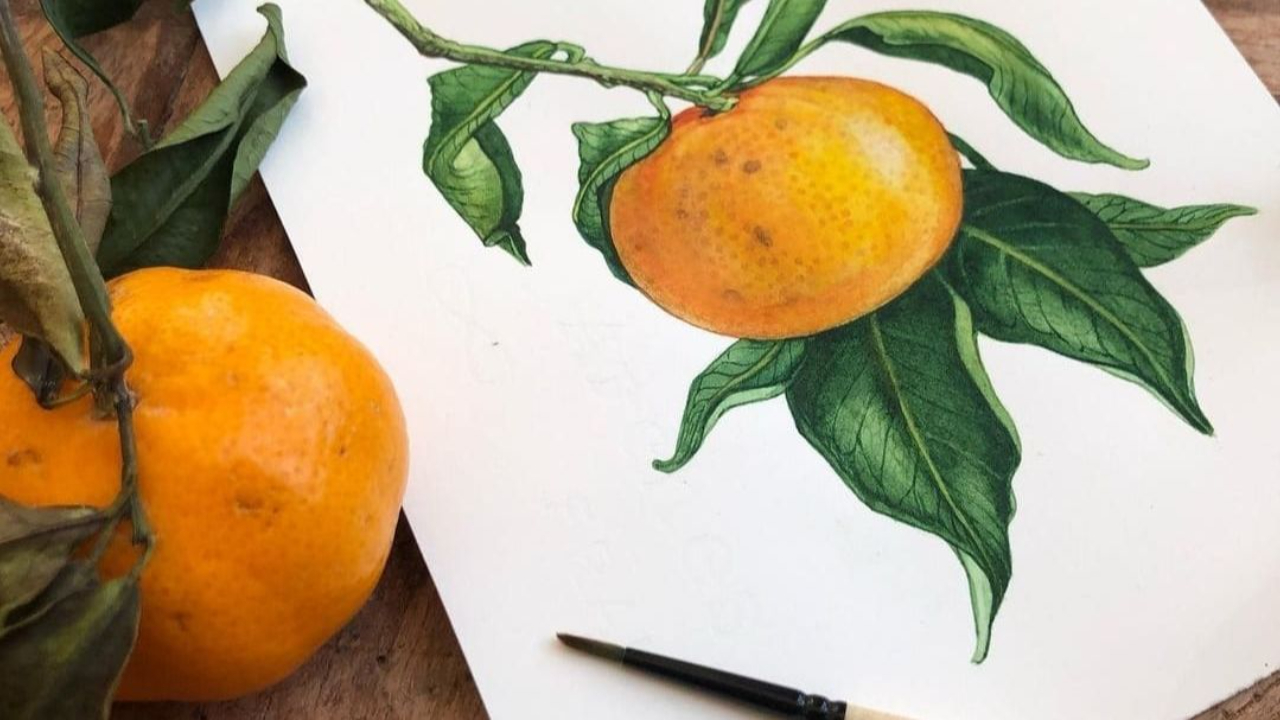
How to avoid unintentional plagiarism and find your own style
There’s a fine line between being inspired by someone else’s work and outright imitation or copyright infringement. When you are too inspired by another artist's work, it can lead to unintentional plagiarism - either consciously or unconsciously copying their artwork or its parts. This is not only unethical but also illegal in many cases as copyrighted material cannot be reproduced without permission from its creator(s). Even if you don't mean any harm with your actions, this could still land you into legal trouble so due diligence must be taken when referencing other people's artworks for creative ideas.
Here are 10 tips on how you can break free from emulating others’ artwork in order reach new heights with your own unique creations:
1) Take a step back – take some time away from trying to replicate someone else's artwork or technique; instead, focus on developing your own ideas by taking a step back mentally to think about what makes your art unique.
2) Focus on the basics – mastering the fundamentals will give you more confidence when creating something original. Start from basic shapes and simple natural subjects before passing to more complex subjects.
3) Experiment with different mediums and techniques. It feels safe to remain within your comfort zone but pushing your limits is essential for your growth.
4) Look at things differently - look around yourself at everyday objects that could be used creatively or that can inspire you. Start to see the world and your everyday world as your playground and you will notice that it will bring your creativity on a new level!
5) Try to think abstractly - don't be afraid of getting outside traditional boundaries when creating your art. Experiment with unexpected color palettes or compositions that are aesthetically pleasing!
6) Draw inspiration from everywhere - use books, magazines, movies, etc. Pay attention not only to visuals but also stories behind them which will help shape yours better!
7 ) Find mentors – talking regularly with experienced professionals who have already achieved success in this field might provide invaluable advice & insights.
8 ) Challenge Yourself – set goals & challenges for yourself while working towards becoming better ; push beyond limits & explore unknown territories!
9 ) Use feedback wisely – constructive criticism should always be welcomed since it helps us identify our weaknesses & areas where we need improvement.
10 ) Practice as much as you can. Consistency is key and that’s what will lead you to progress and success!
By following these steps, you'll soon realize how much easier it becomes to transition from imitating others' works towards crafting truly outstanding pieces based on your personal experiences. With enough dedication, anything is possible so never give up and enjoy the process!


